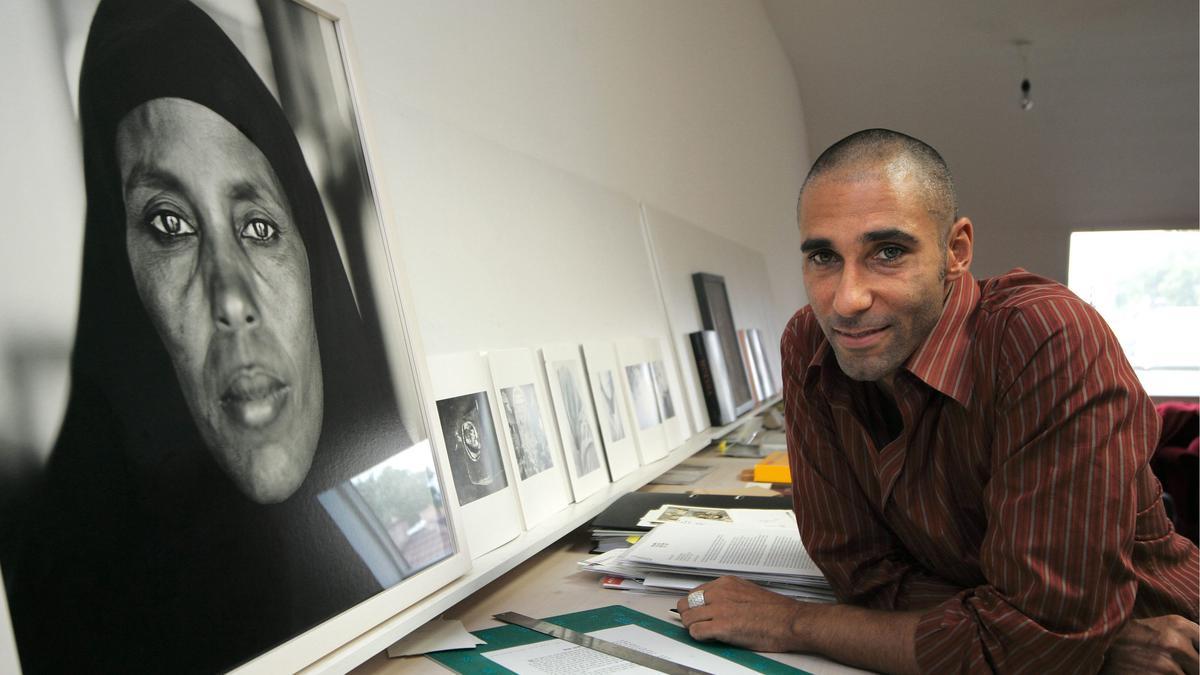
Amy Herman, a distinguished lawyer and art historian, has crafted an innovative program that leverages the power of art to elevate observation, analysis, and communication skills. Her groundbreaking book, “Visual Intelligence: Sharpen Your Perception, Change Your Life,” has not only made waves but also secured its place on prestigious bestsellers’ lists like those of the New York Times and Washington Post. Recently in the city of Bengaluru, Herman’s program made its mark at the Museum of Art and Photography, where she holds the esteemed position of international board member.
During her visit, Amy Herman conducted enlightening sessions on her brainchild initiative, the “Art of Perception,” a training regimen rooted in the cultivation of ‘visual intelligence.’ She describes visual intelligence as the unique ability to discern what others might miss by attaining a clearer understanding through multiple perspectives. “I teach people to look at works of art to help sharpen their visual intelligence, to see what should be there and isn’t, and to understand the value of multiple perspectives. Art is the vehicle that we use to do that,” Herman elucidates.
Herman’s foray into this confluence of art and legal practice began when, as a law practitioner, she noticed the immense yet uninspiring rigor of legal education and training. This realization paved the way for her to create a novel approach that merged the meticulous nature of legal analysis with the interpretative richness of visual study. Thus, in the year 2000, her transformative program was born.
Amy’s training method is adaptive, fine-tuning art-based observation techniques to resonate with professionals from varied fields—be it nurses, intelligence officers, or military personnel. The artwork curated for each group addresses their specific professional challenges while the underlying methodology remains consistent, focusing on enhancing communication skills. Despite the participants often being seasoned leaders, Amy’s sessions offer them fresh perspectives by encouraging “looking differently to see better,” thereby enriching their problem-solving capabilities and communications.
This approach, validated by its practical application, has found favor among elite institutions. Amy Herman has provided her expert training at illustrious places including the White House, NATO Defence College, Scotland Yard, the New York City Police Department, the FBI, Interpol, the French National Police, and numerous Fortune 500 companies.
Despite its eventual success, the early days of Herman’s program were met with skepticism, especially from law enforcement officers and other professionals who doubted the applicability of art in their work. However, as participants began to experience the depth and enhanced perception gained from her training, they observed tangible improvements in their personal and professional relationships. This newfound depth in perception has undoubtedly strengthened bonds with partners, children, and families, proving the efficacy of her unconventional methodology.
.
Amy Herman views art as more than just visual stimulation; it is, in her words, “a potent reminder of human creativity and the potential we all have to solve problems and excel in our work.” Her journey into writing was as unexpected as it was successful. In February 2012, an in-flight conversation with a literary agent led to a life-changing proposition: “I’m going to be your agent. You’ll write a book for me, and I’ll get it on the bestseller list.” Despite initial skepticism, Herman has authored three successful books, translated into 14 languages, each gaining acclaim and widespread readership.
Abhishek Poddar, the founder of the Museum of Art and Photography (MAP), met Herman in New York after reading her books and invited her to join the International Board. This engagement introduced Herman to Indian art, enriching her perspective greatly. Two artworks at MAP profoundly struck her: a photograph by Fazal Sheikh of widows, and Anoli Perera’s project featuring women with wigs obscuring their faces. These images deeply resonated with Herman, capturing her intrigue and admiration.
According to Herman, museums and art exhibitions serve dual pivotal roles. They not only highlight human creativity, reminding us of our inherent potential, but also offer an environment conducive to shifting perspectives and revitalizing thought processes. While she appreciates the accessibility afforded by digitized art collections, Herman remains skeptical of AI-generated art, emphasizing a deep appreciation for photography. She believes that a photographer’s unique perspective can reshape how we view the world, urging us to consider what we focus on and capture in our own lives.
Drawing parallels between historical art and contemporary imagery, Herman recalled a 2021 New York Times photograph of an elderly woman in eastern Ukraine cooking amidst bombings, finding a startling resemblance to Johannes Vermeer’s “The Milkmaid” from 1655. To her, this stark comparison across centuries underscored art’s unparalleled ability to chronicle human experiences and distill timeless truths.
Amy Herman’s profound insight into the symbiosis of art and perception underscores her belief that art is an indispensable chronicler of the human condition. “Art is a window to the world and helps us explain things we can’t otherwise,” she concludes, reinforcing the invaluable role of art in understanding and navigating our complex world.












